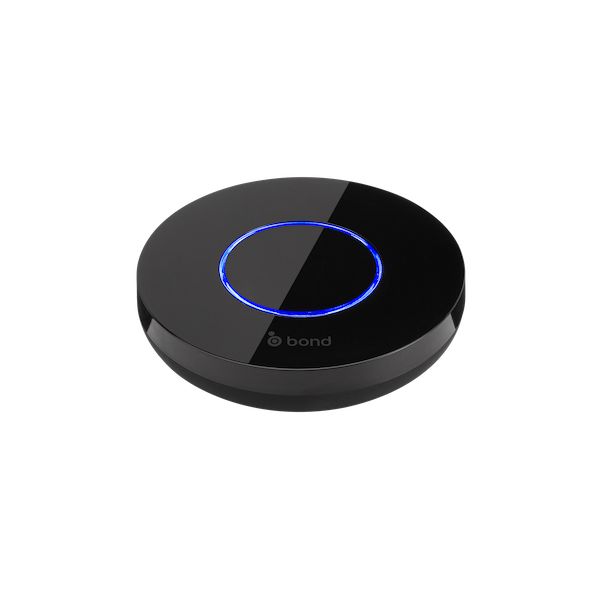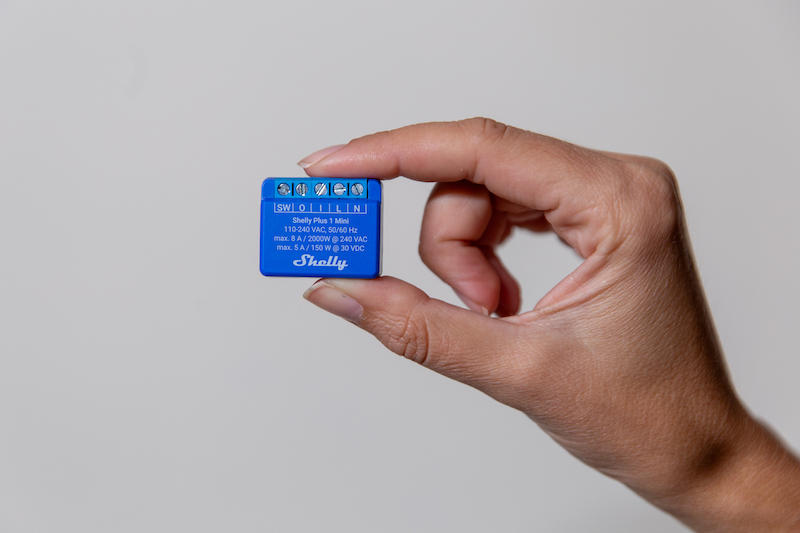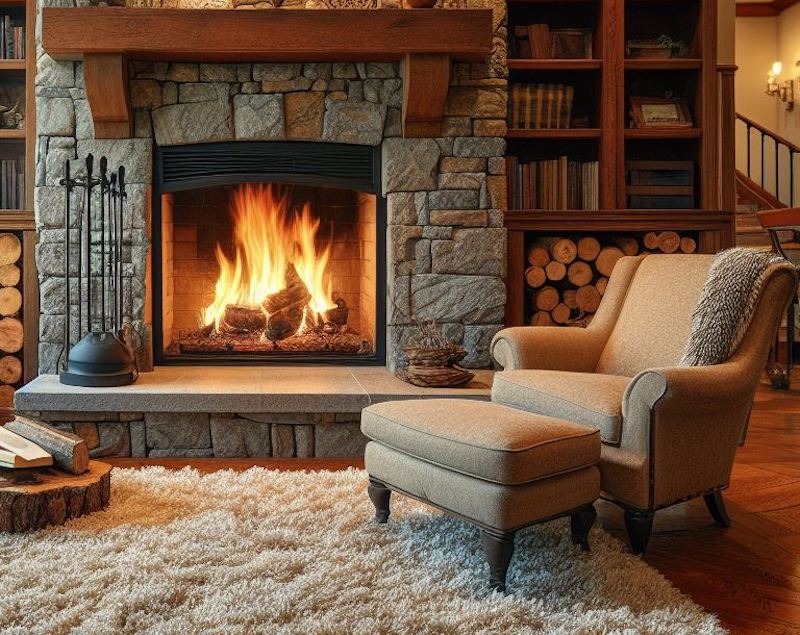Automating the operation of gas-powered fireplaces in a home can provide additional safety for the homeowners and their family, but there are legal risks to consider.
There is nothing like a flickering fire, in a fireplace, on a cold winter night. So, it isn’t surprising that automating the operation of gas fireplaces is a frequent request by homeowners having a smart home system installed by a professional integrator. However, gas fireplaces can be dangerous:
- Most gas fireplaces have a glass window in front for energy efficiency. These windows can get very hot and cause severe burns if touched, for example by a young child attracted to the flickering flames.
- Burning gas produces carbon monoxide (CO), a colorless, odorless, poisonous gas. In most cases this is vented to the outdoors. However, poorly maintained fireplaces, or running a vent free fireplace over 3 hours at a time, can be very dangerous.
According to the U.S. Centers for Disease Control, “Every year, at least 420 people die in the U.S. from accidental CO poisoning. More than 100,000 people in the U.S. visit the emergency department each year due to accidental CO poisoning.” For this reason, it is recommended that each year a homeowner have their gas fireplace services and that a CO detector be installed in any room with a gas fireplace.
Because of the dangers associated with gas fireplaces, I try to persuade homeowners not to automate their operation. However, some homeowners insist and at that point there are some steps you can take to protect the homeowner’s family from accidents and yourself from legal liability.
Legal Liability
First, any time a homeowner insisted that we include hardware and software to automate the operation of their fireplace, we would insist they sign a release of liability waiver. The waiver was written by a lawyer. I do not recommend that you try and write your own as it probably won’t stand up in court if there is an accident.
In a nutshell the document says that you have explained the risks and that, against your recommendation, the homeowner is insisting that you automate the operation of their gas fireplace.
Hardware

There are two ways to automate the operation of a fireplace:
If the fireplace has a wireless remote control, then a Bond Bridge is a good solution. The Bond Bridge can control both fireplaces with infrared (IR) and radio frequency (RF) remote controls. Bond can control a wide range of functions of a fireplace including:
- Fireplace On / Off
- Setting the Flame Level
- Fireplace Fan On / Off
- Setting the Fan Speed
- Fireplace Light On / Off
The Bond Bridge can be integrated with a wide range of smart home platforms including Alexa, Google Assistant, SmartThings, Josh, Savant, Control4, Crestron (using the Crestron-Bond driver on my GitHub), Elan, RTI, URC, and Hubitat.
If the fireplace is only controlled by a wall mounted switch, the basic operation of the fireplace can still be automated using a Shelly Plus 1 or a Shelly Plus 1 Mini. Both are small Wi-Fi-controlled relays that can be mounted inside the electrical box that houses the switch for controlling the fireplace. The Shelly relay will be wired to control the fireplace. The switch will also be wired to the Shelly relay so the homeowner doesn’t lose the ability to control their fireplace with it.

Shelly devices integrate with a wide variety of smart home platforms including Control4 (using the driver written by Chowmain Software), Crestron (using the Crestron-Shelly driver on my GitHub), MQTT enabled platforms including Home Assistant, SmartThings, HomeSeer, Homey, Hubitat, iBroker, Symcan, and openHAB
Automation
There are some important automation rules that can be implemented by a smart home integrator for controlling a homeowner’s fireplace. In fact, the ones I’ve shown below add to the safety of the fireplace.
First, and foremost, even with a legal release of liability waiver in place, I would never implement any automations that automatically turn on a fireplace. There is simply too much risk involved in doing this. With that being said, here are some of the automations that I have implemented for customers.
- Use an occupancy sensor in a room to automatically turn off the fireplace when a room isn’t occupied. By using a pet friendly occupancy sensor, room occupancy is determined by whether there is an adult in a room reducing the risk of a small child being attracted to the dancing flames of the fireplace when their parent leaves the room to, for example, visit the restroom.
- Because vent free fireplaces don’t have the ability to vent CO produced by combustion to the outdoors, they should only be operated for 3 hours at a time. The smart home system can enforce this rule and automatically turn the fireplace off after 3 hours of operation.
- Automatically turn off the fireplace at bedtime
- Automatically turn off the fireplace when the house becomes unoccupied. Such as when an integrated alarm system is armed in away mode.
- Automatically turn off the fireplace if the room where it is located becomes too warm
Another way to use smart home technology to increase the safety of a gas-powered fireplace is with an Aqara FP2. Not long ago I wrote about the Aqara FP2 (you can find that article here). The FP2 uses mmWave radar to monitor presence in a room. Unlike other presence sensors, the FP2 has the ability to determine presence within a specific zone within the confines of a room. So, a zone can be defined directly in front of a fireplace and, for added safety, the fireplace could be automatically turned off whenever anyone gets too close to it.
Summary
Automating the operation of gas-powered fireplaces in a home can provide additional safety for the homeowners and their family. However, there are legal risks for integrators that perform this work. Those risks should be mitigated, with a release of liability waiver, before work to automate a fireplace is performed.
Once that is done, the smart home hardware for integrating the operation of a fireplace with a smart home platform isn’t complicated to use and there are straight-forward automation rules that can be implemented.








